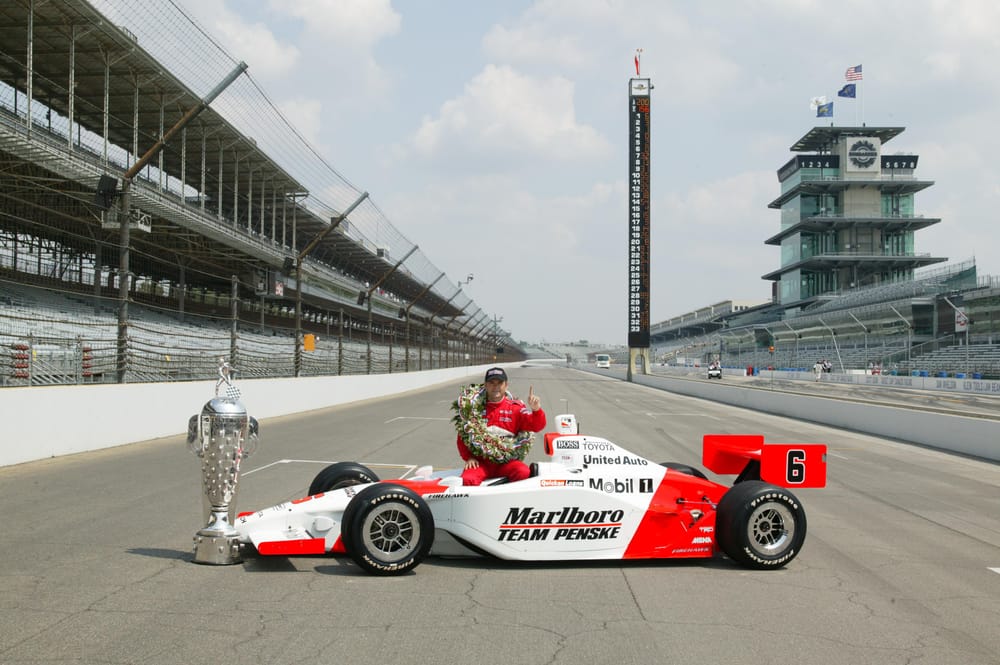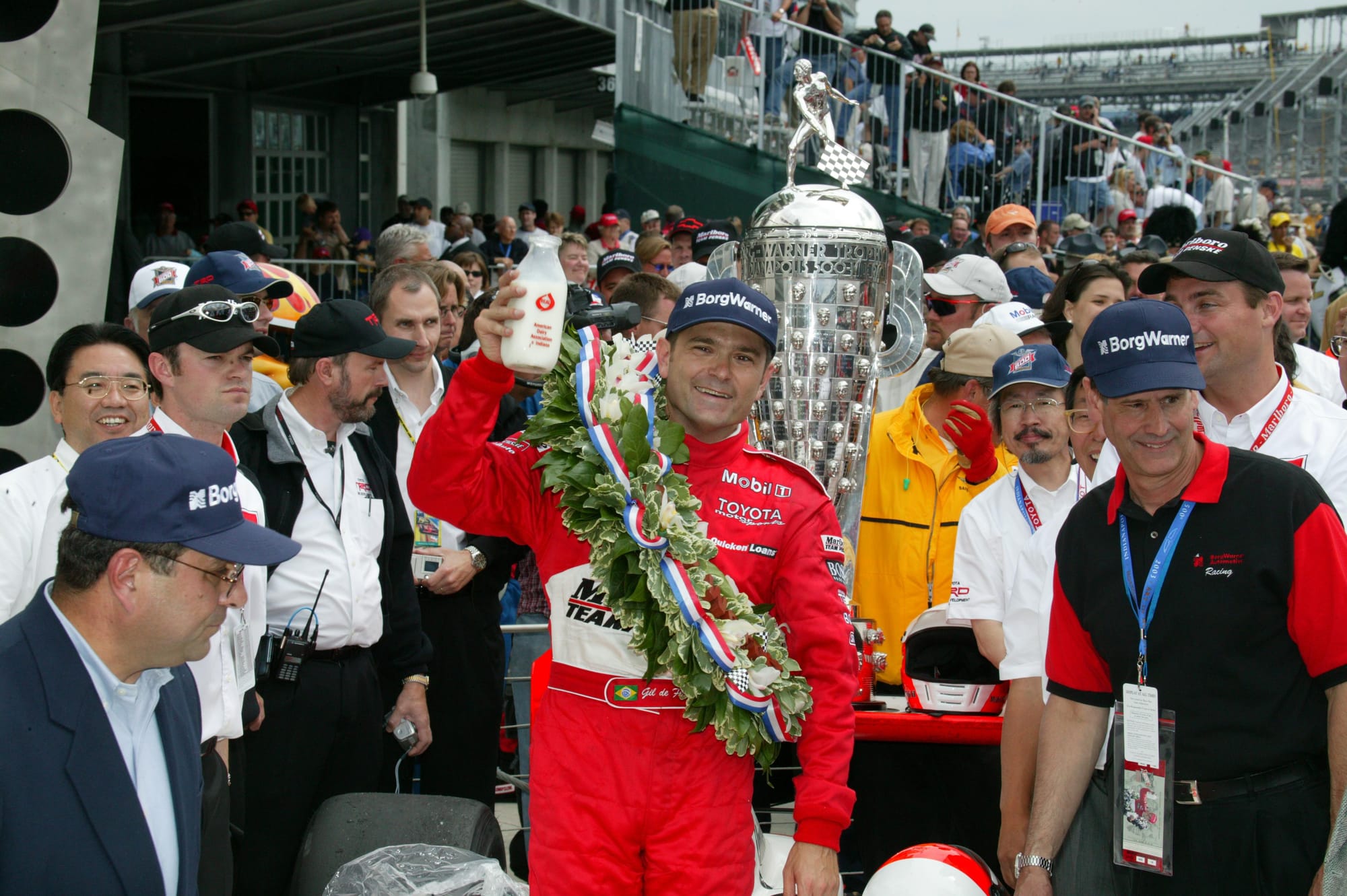Two-time CART champion and Indianapolis 500 winner Gil de Ferran has died at the age of 56. Mark Hughes pays tribute to a driver he got to know in the junior ranks - one who would surely have made an impression had he got a shot at Formula 1
He became one of the sport’s legends, a Penske talisman in IndyCar, got to live a great life in Florida with his family, but Gil de Ferran remained a man head over heels in love with racing. He just couldn’t leave it alone.
He would have been a formidable F1 driver, such was his combination of speed and technical understanding. I attended his F1 test with Williams in early 1993 at Silverstone, given as the prize for winning the 1992 British F3 championship. Alain Prost was there and drove the car in the morning, with Gil taking over for a few laps in the afternoon.
The track was damp when Prost drove and gradually dried as Gil was in the car - so his laptime was actually a couple of seconds faster than the then three-time world champion's. Someone put the two names on a pit board with their laptimes alongside and Gil was embarrassed, but it made a great photo op.
At the end of the day he sat down and relived the whole experience in a way only he could, talking us through each turn, how the car felt, how it reacted, complete with uncannily accurate engine sounds.
But the F1 call up never came, he just slipped through the cracks - which was IndyCar’s gain.
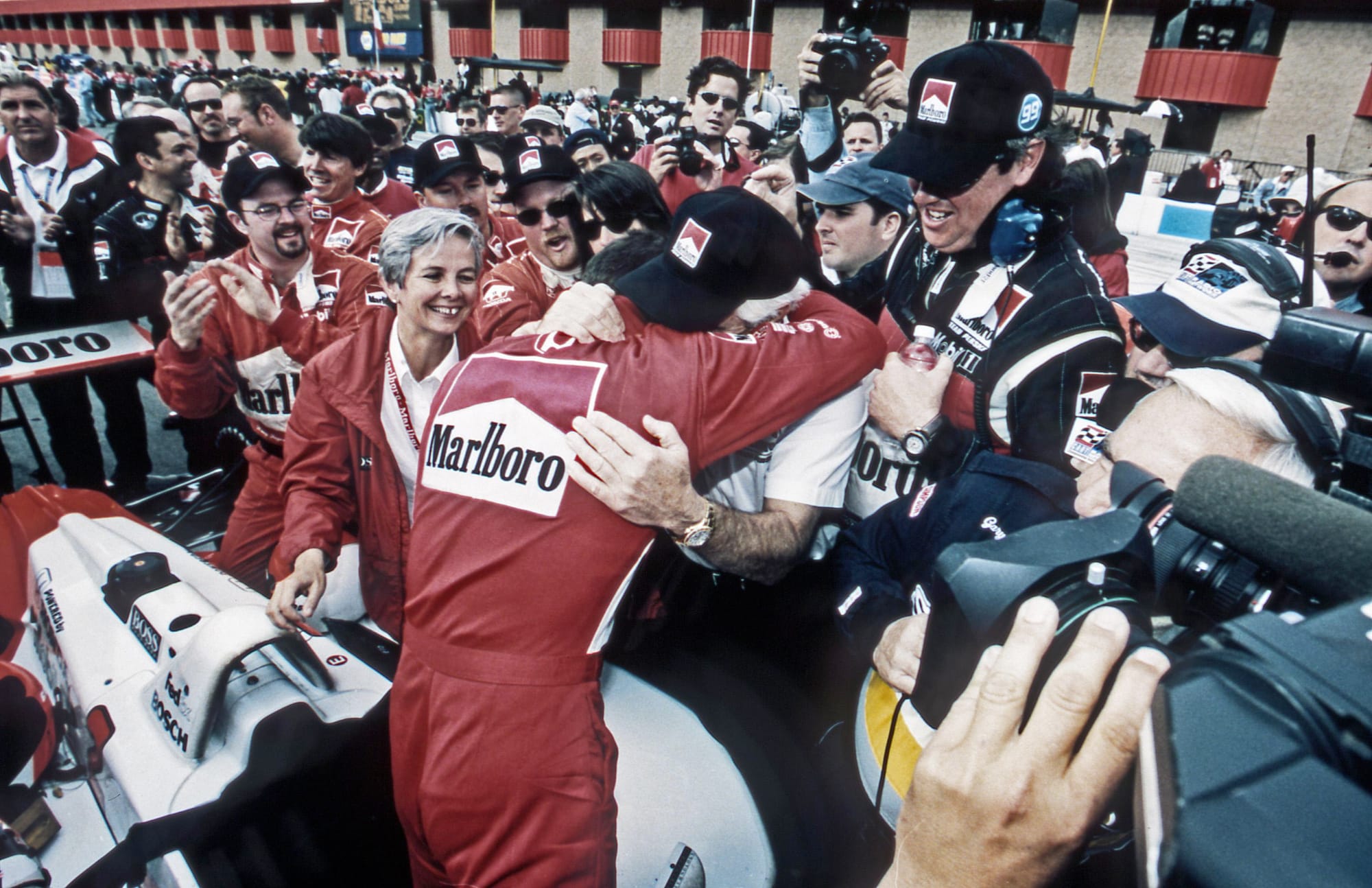
When he retired from driving (the first time) at the end of 2003, I was keen to connect back up with the guy I’d got to know and really like in Britain in the early 1990s. We’d sort of lost touch since he left. His great success in IndyCar - consecutive titles in 2000 and 2001 and victory in the 2003 Indianapolis 500 - had seen him make his home over there, taking his British wife Angela with him.
But he’d made his name in the UK in the late 1980s/early 1990s - and I suggested to him we do a piece in the off-season, visiting a couple of the tracks which had marked significant moments for him in his junior days, and we’d talk about his whole career as we drove between Silverstone and Thruxton and back.
He immediately said yes, full of enthusiasm, as always. He loved racing, was in love with it in a way only a tiny few are. He loved the technicalities of driving, loved to understand things from an engineering perspective, thought so deeply about it all. He loved to talk about it all too and you always came away from a conversation having learned something.
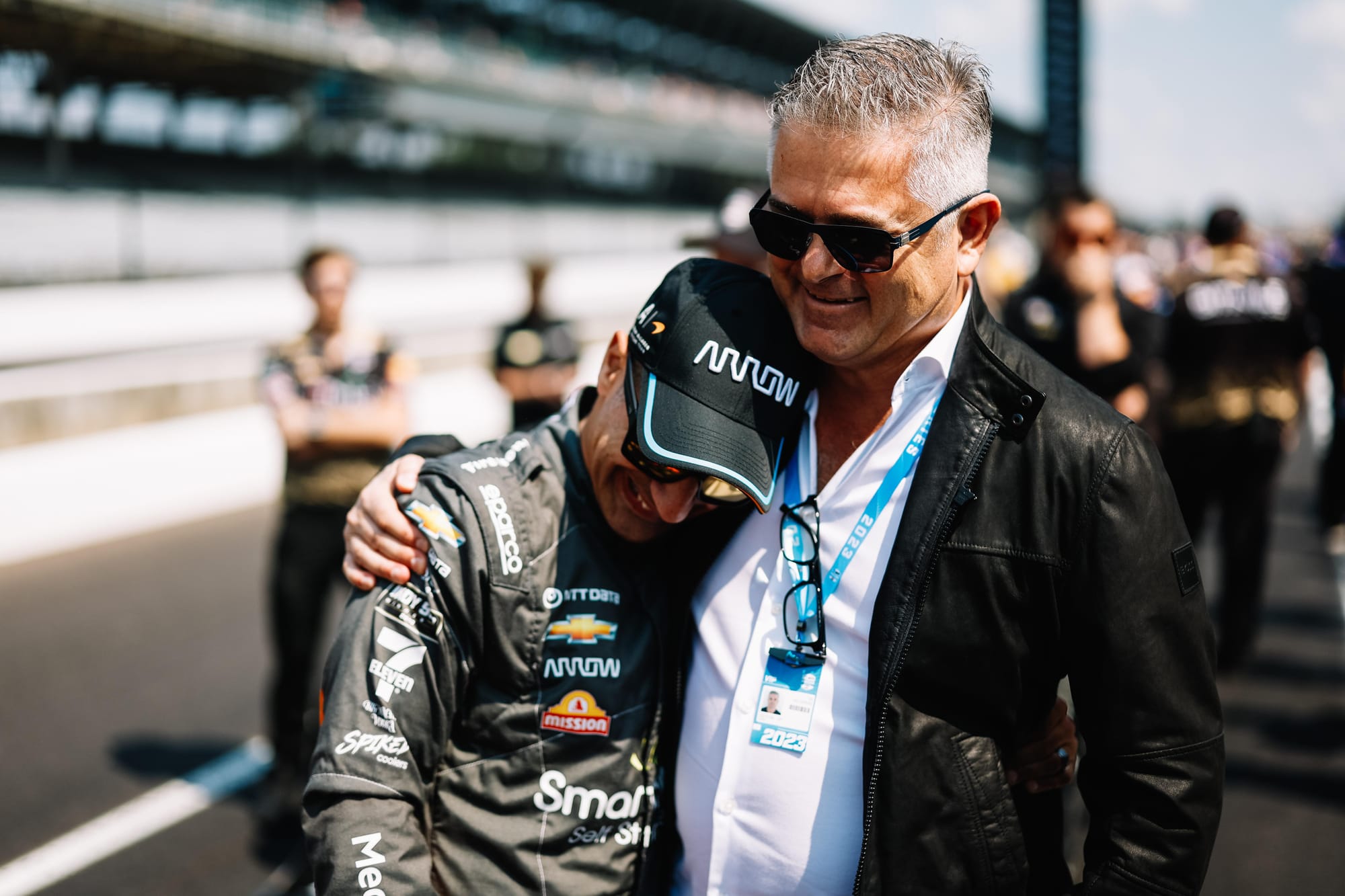
But he was also effervescent, very sociable, funny as hell - and so warm. That big face would go from cloudy frown in repose as the cogs were grinding to beaming smile as he looked up and recognised you, instantly switching from his internal world to the external, where he was such a star.
Thruxton was overcast as we arrived there in his road car and we took a lap around the circuit at which he had rolled his F3 car and injured his neck back in 1991. As we went through the fast corner at which that had happened, he began to get a little out of shape and was actually working to keep the car on the track. There was time for me to say: “We don’t need to repeat your F3 crash, Gil.” In between working the steering, the frown turned to smile again as he replied: “Oh, OK! Actually now I understand how I had that crash. I turned in too early.”
My loyalties were divided in 1992 British F3 as one of Gil’s F3 opponents was my brother Warren. I ducked out of reporting it that year for that reason, but I did get to see a few of their races as Gil drove to the title in his Paul Stewart car. One of the best was at a wet Pembrey, a race split into two parts by a red flag.
There, Gil had been leading from Warren at the red flag by a few seconds. Warren got ahead on the restart and Gil just stayed glued to his tail to the flag so as to take the win on aggregate. He’d still talk about it all those years later, recalling it just as clearly as fighting Montoya on the ovals or his sensational last-lap pass on Kenny Brack to win at Rockingham, 2001.
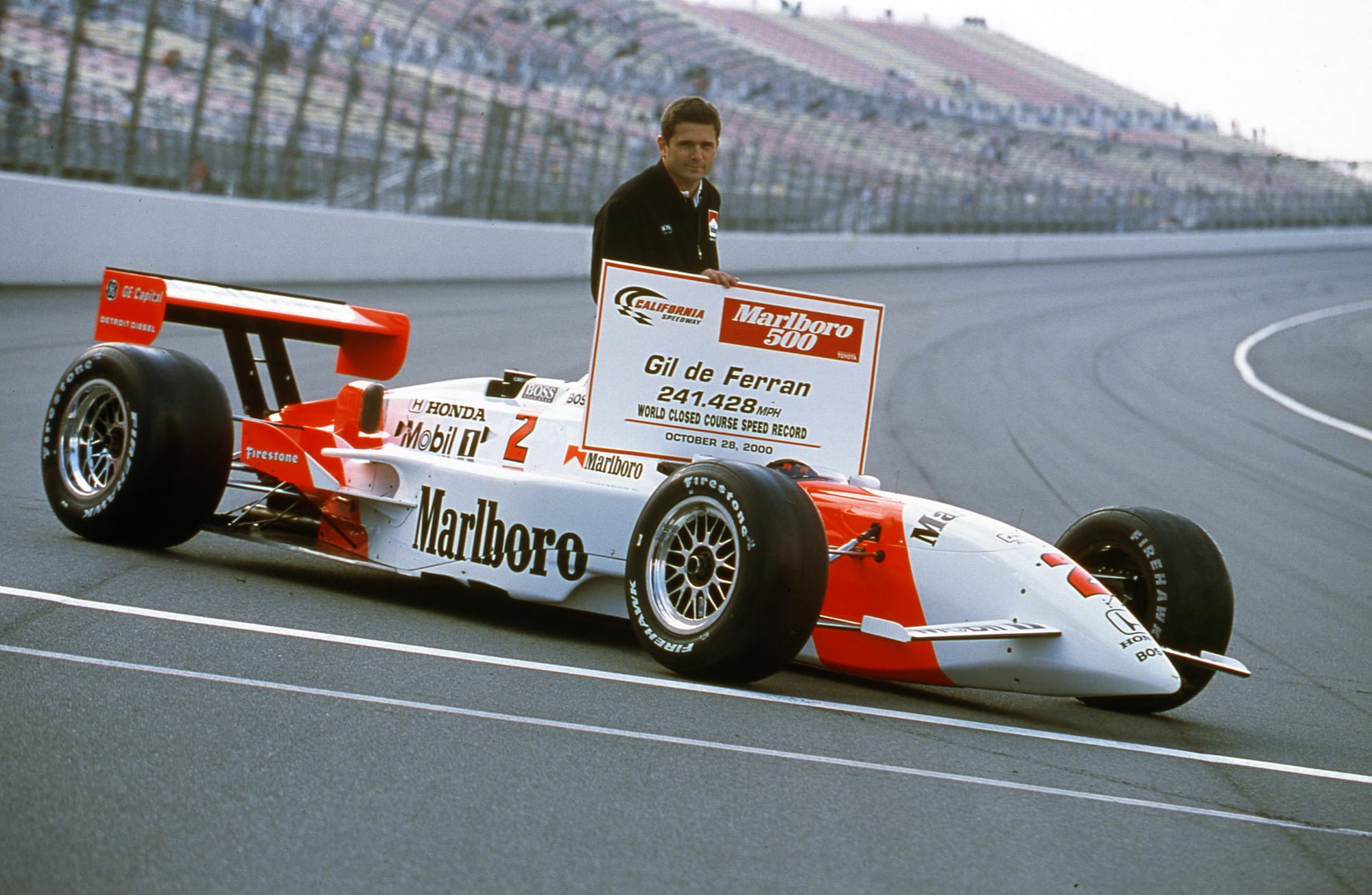
Although his background was road racing, he became one of the very best superspeedway oval racers of his time. During that British winter road trip he talked about how it had taken him two years to get comfortable around an oval at 200mph-plus (he still holds the record for the fastest ever qualifying lap average speed in racing at 241.428mph, Fontana in 2000).
The breakthrough, he said, came from a piece of advice from oval specialist Jimmy Vasser. “He told me to just feel the outside rear tyre,” de Ferran recalled. “Just to ignore everything else and feel the car from that tyre, really tune into it, feel its every movement. Sounds simple but it transformed how I felt the car. Suddenly I felt confident at those speeds.”
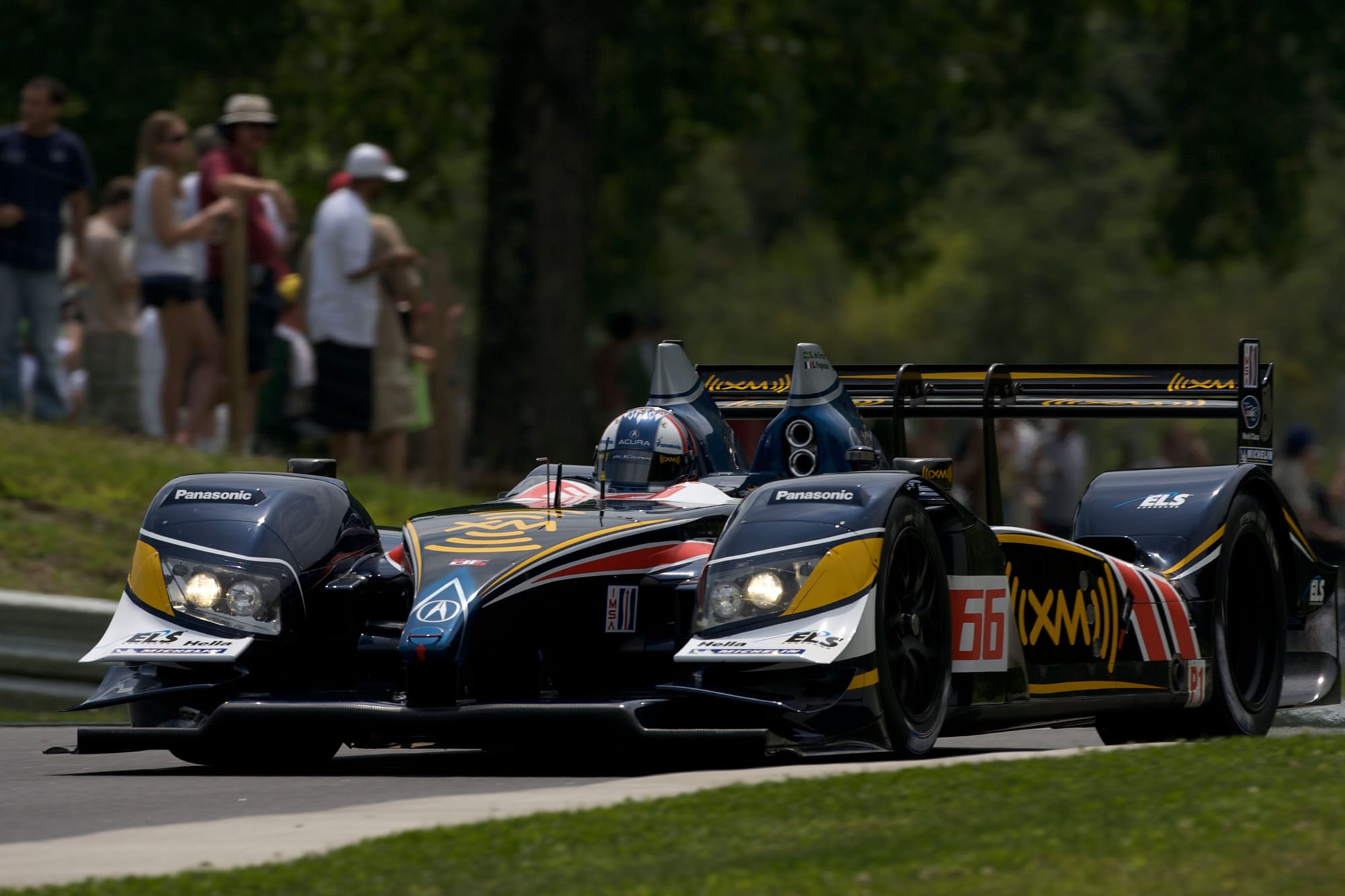
He did eventually work in F1, first as a sporting director at BAR (before making a racing comeback in the American Le Mans Series, pictured above), subsequently two stints at McLaren as a consultant. He was highly valued there for his ability to bridge the gap between drivers and engineers - and for his understanding of the human side of both. He had an emotional intelligence rare in racing and it was easy to imagine how that warmth helped the team gel better.
The racing world has lost someone very special. As Mario Andretti just put it, he was, “one of the real ones”.


